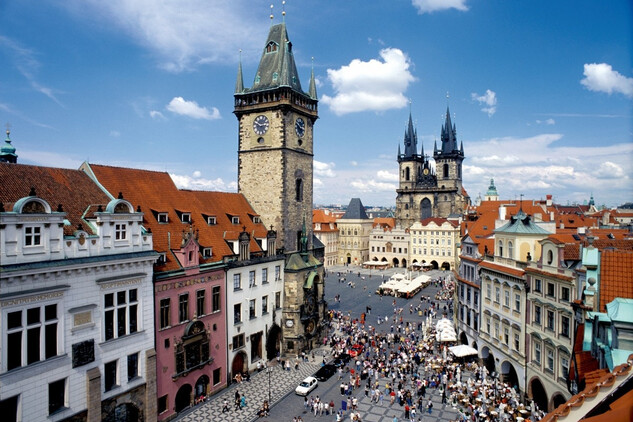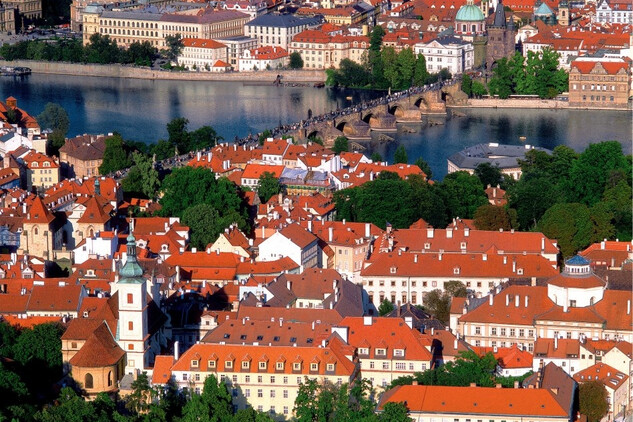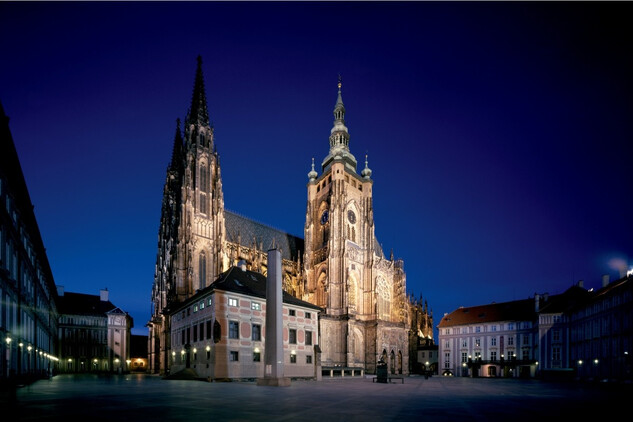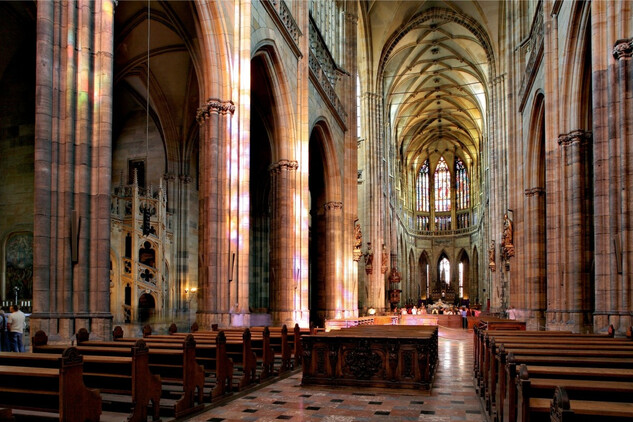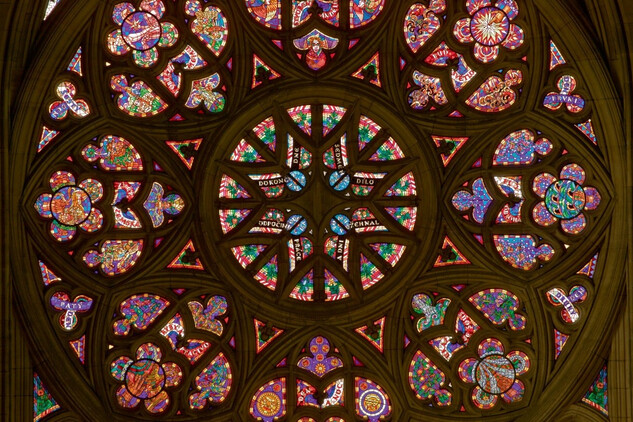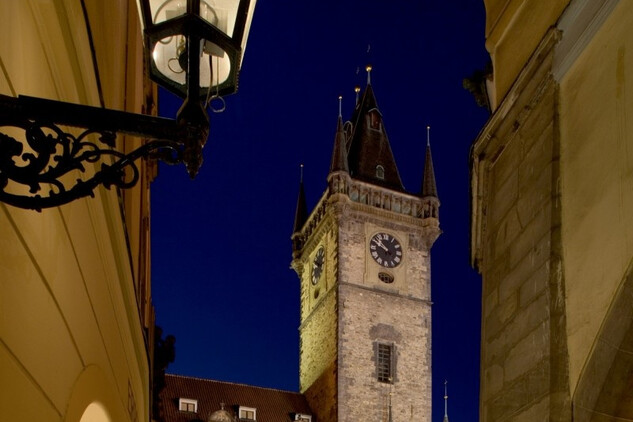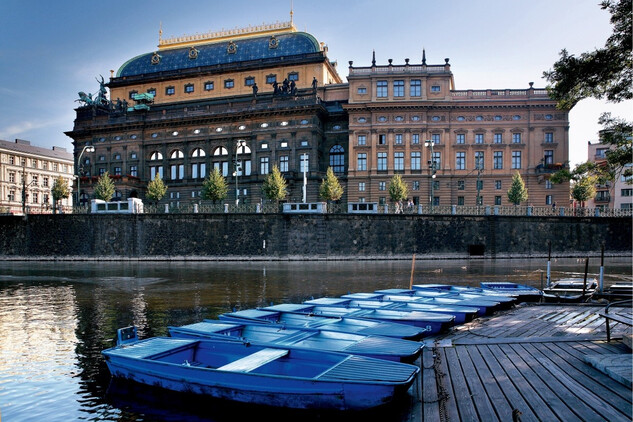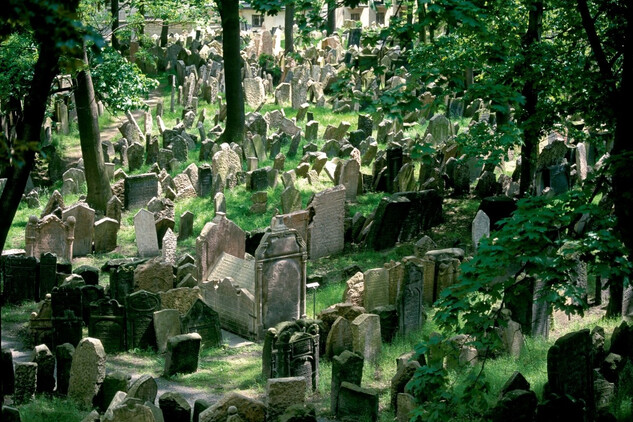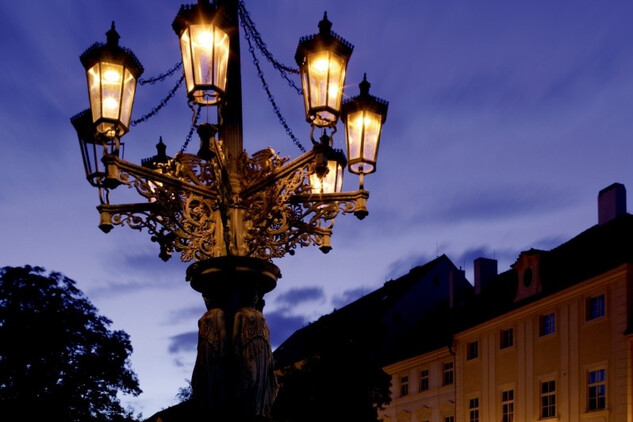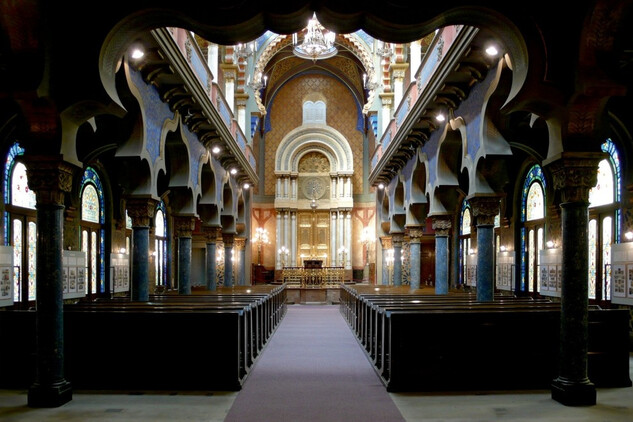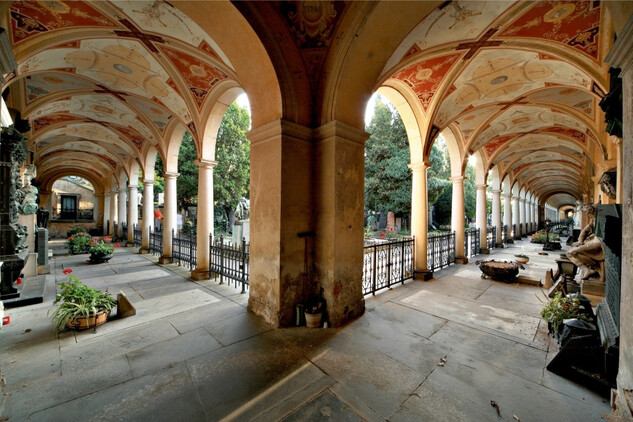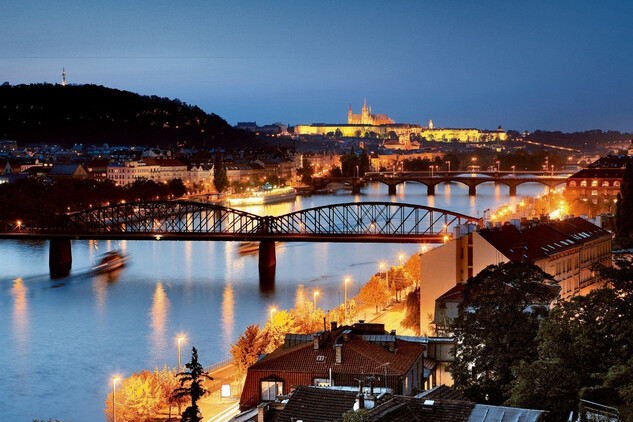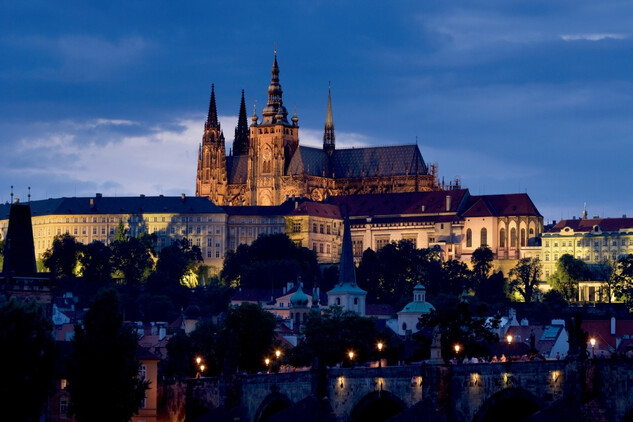Historic Centre of Prague
Prague (Praha) is one of the most beautiful cities in Europe in terms of its setting on the banks of the Vltava River, its townscape of burger houses and palaces punctuated by towers, and its individual buildings. The historic centre of Prague was inscribed on the World Heritage List in 1992, and includes the Průhonice Park, a unique example of garden design and landscaping.
Prague belongs to the group of historic cities which have preserved the structure of their development until the present times. Within the core of Prague, successive stages of growth and changes have respected the original grand-scale urban structure of the Early Middle Ages. This structure was essentially and greatly enlarged with urban activities in the High Gothic period with more additions during the High Baroque period and in the 19th century. It has been saved from any large-scale urban renewal or massive demolitions and thus preserves its overall configuration, pattern and spatial composition. Prague represents one of the most prominent world centres of creative life in the field of urbanism and architecture across generations, human mentality and beliefs.
As early as the Middle Ages, Prague became one of the leading cultural centres of Christian Europe. The Prague University, founded in 1348, is one of the earliest in Europe. As a metropolis of culture, Prague is connected with prominent names in art, science and politics, such as Charles IV, Petr Parléř, Jan Hus, Johannes Kepler, Wolfgang Amadeus Mozart, Franz Kafka, Antonín Dvořák and Václav Havel.
The Historic Centre including the Prague Castle and Hradčany, Malá Strana (Lesser Town) with Karlův most (Charles Bridge), Staré Město (Old Town) with Josefov (the preserved section of the former Jewish Town), Nové Město (New Town), Vyšehrad and each of the monuments within these areas together form a magnificent architectural, artistic and spiritual ensemble.

